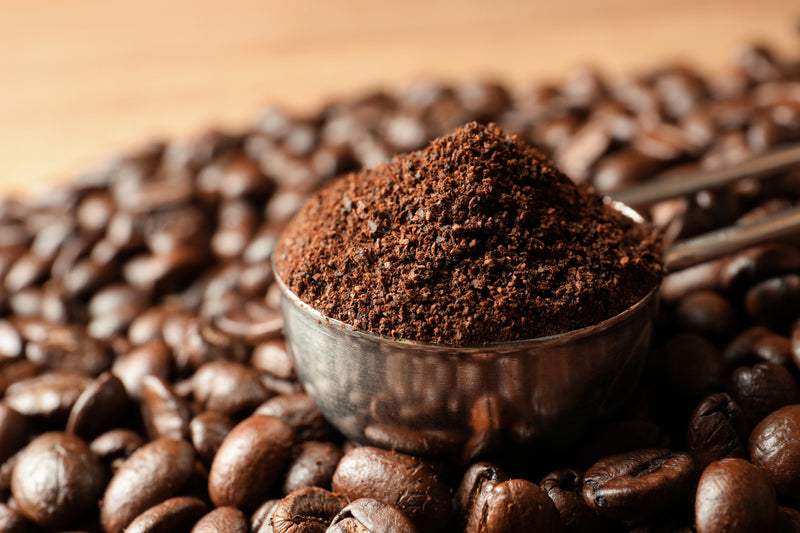
Discovering the rich realm of Mexican coffee presents a captivating glimpse into one of the the most revered coffee heritages in North America coffee circles. Renowned for its rich flavor characteristics and precise farming methods, Mexico coffee is distinct as a top selection for caffeine enthusiasts everywhere.
The journey begins with understanding the landscape of Mexican coffee. Located in the heart of North America coffee belts, Mexico’s unique weather provides the perfect setting for producing exquisite coffee. Highlands and fertile terrains enhance the coffee beans, imparting complex flavors that are loved by aficionados globally.
Additionally, the culture of coffee cultivation in Mexico is steeped in practices that go back generations. Growers take extensive pride in selecting only the very top-quality beans, guaranteeing each lot maintains superior standard. This handcrafted method secures that Mexico coffee you enjoy reflects the commitment and expertise of its growers.
When it concerns selecting the ideal Mexico coffee guide, there are several aspects to contemplate. Grasping the different areas and the unique aroma notes can help. For example, beans from the Southern usually feature brighter acidity and nutty flavors, whereas those cultivated in the northern fields typically show more robust and more balanced profiles.
Teaching oneself about the harvesting process, processing methods, and roasting techniques also plays a vital role in enjoying the richness of flavors that Mexican coffee has to offer. Different approaches, such as washed or organic processing, alter the final taste of the coffee, unique flavors that set it apart from other coffee.
In conclusion, adopting the exploration of Mexican coffee is about more than just savoring a beverage; it’s about experiencing a profound cultural tradition. Every sip brings a tale of commitment, heritage, and excellence that continues to make Mexico coffee guide Mexican coffee a treasured selection on the international scene.
